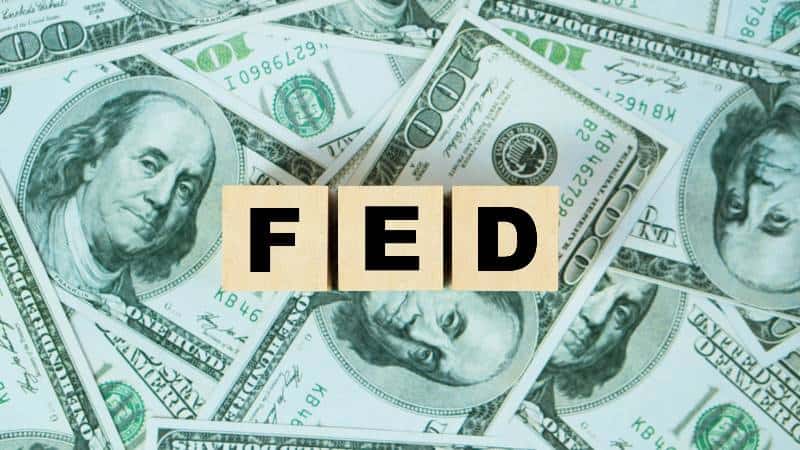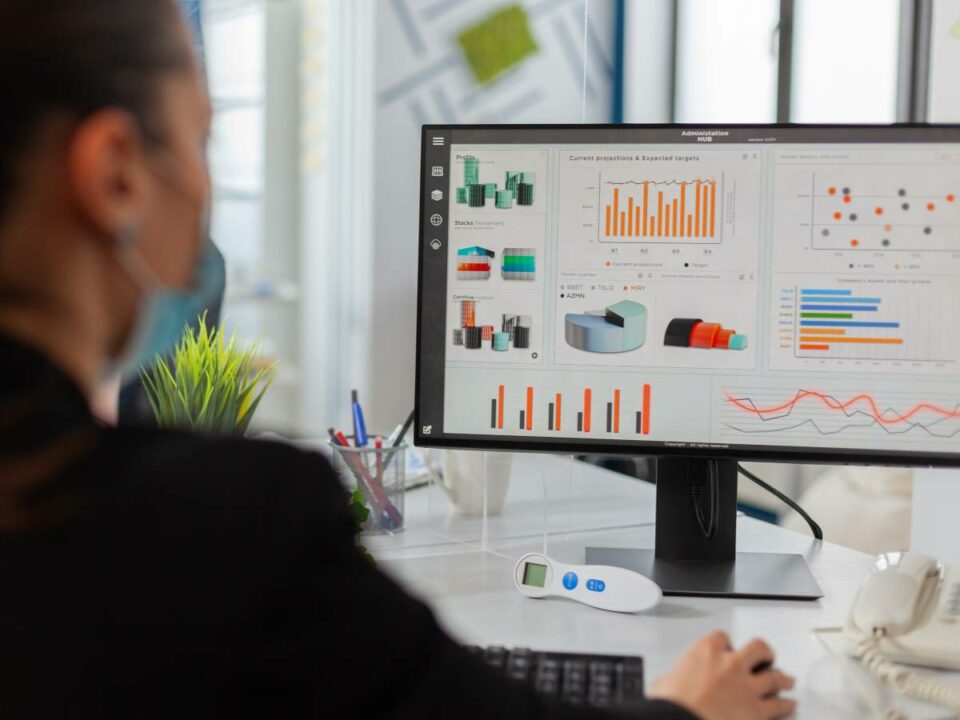As a seasoned commercial real estate professional with nearly two decades of experience, I’ve seen firsthand how effective communication can make or break a property management operation. Gone are the days of relying solely on phone calls and physical notices taped to doors. The digital revolution has ushered in a new era of tenant communication tools that are transforming the way we interact with our renters and manage our properties.
In this guide, we’ll explore the exciting world of modern tenant communication and how it’s reshaping the landscape of property management. Whether you’re a landlord managing a single property or overseeing a vast portfolio, understanding and implementing these tools can be a game-changer for your business.
Key Takeaways
- Modern tenant communication tools streamline property management and enhance tenant satisfaction
- Implementing digital platforms can significantly improve efficiency and transparency in landlord-tenant relationships
- The future of property management lies in leveraging technology while maintaining a personal touch
The Evolution of Landlord-Tenant Communication
Let’s take a quick trip down memory lane. Remember when the only way to reach tenants was through a landline or by physically knocking on their door?
Those traditional methods, while personal, were often inefficient and time-consuming.
The digital revolution in property management has completely transformed this landscape. We’ve moved from paper-based systems to sophisticated online platforms that allow for instant, two-way communication. This shift hasn’t just made our lives easier as property managers; it’s had a profound impact on tenant satisfaction and retention.
Think about it: when was the last time you saw a tenant excited about receiving a paper notice under their door? Now, imagine their reaction to getting a real-time update on their smartphone about an upcoming building improvement. That’s the power of modern communication tools.
Key Features of Modern Tenant Communication Tools
Let’s dive into the exciting features that are making waves in the world of property management:
- Online tenant portals: These are like a one-stop shop for tenants. They can pay rent, submit maintenance requests, and access important documents all in one place.
- Automated messaging systems: No more playing phone tag! These systems allow for scheduled reminders and updates to be sent automatically.
- Digital lease management: Say goodbye to filing cabinets full of paper leases. Digital systems make it easy to create, sign, and store lease agreements securely.
- Maintenance request tracking: Tenants can submit and track the status of their maintenance requests in real time, improving transparency and satisfaction.
- Rent payment applications: These make rent collection a breeze, often integrating directly with accounting software.
- Community engagement platforms: Foster a sense of community by facilitating event planning and inter-tenant communication.
These features aren’t just fancy add-ons; they’re revolutionizing the way we manage properties and interact with tenants. As someone who’s been in the game for a while, I can tell you that these tools have made my job infinitely easier and more effective.
Benefits of Implementing Tenant Communication Tools
Now, you might be thinking, “Mike, this all sounds great, but what’s the real payoff?” Well, let me break it down for you:
- Enhanced customer experience: Happy tenants are long-term tenants. These tools make their lives easier, which in turn makes them more likely to renew their leases.
- Improved efficiency for property managers: Less time spent on administrative tasks means more time for strategic planning and personal interactions.
- Increased transparency and accountability: With everything documented digitally, there’s less room for misunderstandings or disputes.
- Streamlined operations and cost savings: Automation reduces the need for manual processes, saving both time and money.
- Better data-driven insights: These tools provide valuable data that can inform decision-making and help optimize your property management strategy.
In my experience, the return on investment for implementing these tools has been substantial. Not only have I seen a reduction in operational costs, but I’ve also noticed a significant increase in tenant satisfaction scores.
Overcoming Challenges in Adopting New Communication Technologies
Now, I’ll be the first to admit that implementing new technology isn’t always smooth sailing. Here are some common challenges you might face and how to overcome them:
- Addressing privacy and security concerns: Choose platforms with robust security measures and be transparent with tenants about how their data is protected.
- Managing the learning curve: Provide thorough training for your team and clear instructions for tenants. Remember, patience is key!
- Balancing automation with personal touch: Use technology to enhance, not replace, personal interactions. A friendly face or voice is still invaluable.
- Ensuring accessibility for all tenants: Consider the needs of all your tenants, including those who may not be tech-savvy or have limited access to technology.
Best Practices for Implementing Tenant Communication Tools
Based on my years in the field, here are some tried-and-true best practices for successfully implementing these tools:
- Choose the right software solution: Do your research and select a platform that fits your specific needs and budget.
- Develop clear communication policies: Set guidelines for how and when different communication channels should be used.
- Train staff and educate tenants: Invest time in thorough training to ensure everyone is comfortable with the new systems.
- Regularly update and maintain the system: Stay on top of software updates and regularly review your processes for improvement opportunities.
- Gather and act on tenant feedback: Use surveys and feedback forms to continuously improve your communication strategies.
Enhancing Tenant Experience Through Communication Tools
In my experience, the real magic happens when you use these tools to create a sense of community and personalization. Here’s how:
- Personalized tenant interactions: Use data to tailor your communications to individual tenant preferences and needs.
- Building a sense of community: Leverage community engagement platforms to organize events and facilitate inter-tenant connections.
- Facilitating event planning and announcements: Use automated systems to keep tenants informed about upcoming events or important updates.
- Improving response times: With instant messaging and automated systems, you can dramatically reduce response times to tenant inquiries.

Leveraging Data Analytics for Improved Communication
Data is king in modern property management. Here’s how to make it work for you:
- Use data to identify communication patterns and preferences: Analyze which communication channels are most effective for different types of messages.
- Employ predictive analytics: Anticipate tenant needs based on historical data and trends.
- Measure and improve communication effectiveness: Use metrics like response rates and tenant satisfaction scores to continually refine your communication strategies.
Integration with Other Property Management Systems
The true power of these tools comes from their ability to integrate with other systems:
- Connect communication tools with accounting software for seamless financial management
- Integrate with smart home technologies to offer tenants cutting-edge amenities
- Sync with property marketing platforms to streamline the leasing process
Specialized Tools for Commercial Real Estate Management
Here are some other tools that CRE professionals can use include:
AppFolio Property Manager
A cloud-based property management software with features for marketing, reporting, leasing, and maintenance, as well as online portals for tenants and owners. While it caters to residential properties, it also has functionality for commercial real estate.
Buildium
A web-based system that streamlines processes for property managers of rental properties, condos, and homeowners associations. It offers features like online rent collection, maintenance request management, and financial reporting that can be adapted for commercial use.
Propertyware
While it specializes in single-family home property management, Propertyware provides a comprehensive platform that can be customized for commercial property needs. It offers features like online rent payment, maintenance management, and robust reporting capabilities.
Yardi Voyager
A fully integrated property management platform designed specifically for commercial real estate. It offers modules for financial management, lease administration, facility management, and business intelligence.
RealPage
Offers a suite of software solutions for commercial real estate, including accounting, budgeting and forecasting, lease management, and business intelligence tools.
These tools can significantly enhance the efficiency and effectiveness of commercial real estate management, providing streamlined communication, improved financial oversight, and better tenant management capabilities.

The Future of Tenant Communication Technology
Looking ahead, I’m excited about the potential of AI and machine learning in property management. Imagine chatbots handling routine inquiries 24/7 or predictive maintenance systems that alert you to potential issues before they become problems. The future is bright, and it’s all about smarter, more efficient communication.
FAQs
How do tenant communication tools improve property management efficiency?
What are the key features to look for in a tenant portal?
How can automated communication systems enhance the tenant experience?
What security measures should be in place for digital lease management?
How do maintenance request tracking systems benefit both tenants and landlords?
Conclusion
Embracing tenant communication tools is no longer optional in today’s fast-paced property management landscape. These technologies offer unprecedented opportunities to enhance tenant satisfaction, streamline operations, and drive business growth.
As we’ve explored throughout this guide, the benefits of implementing these tools far outweigh the challenges. From improving efficiency and transparency to fostering a sense of community among tenants, the impact on your property management business can be truly transformative.
Remember, the key to success lies not just in adopting these technologies, but in using them strategically to complement and enhance the human touch that remains crucial in our industry. By striking the right balance between automation and personalization, you can create a property management experience that delights tenants and drives your business forward.
So, are you ready to take your property management to the next level? The future of tenant communication is here, and it’s time to embrace it.
Click here to schedule your free consultation and start your journey towards more efficient, effective, and satisfying property management.




